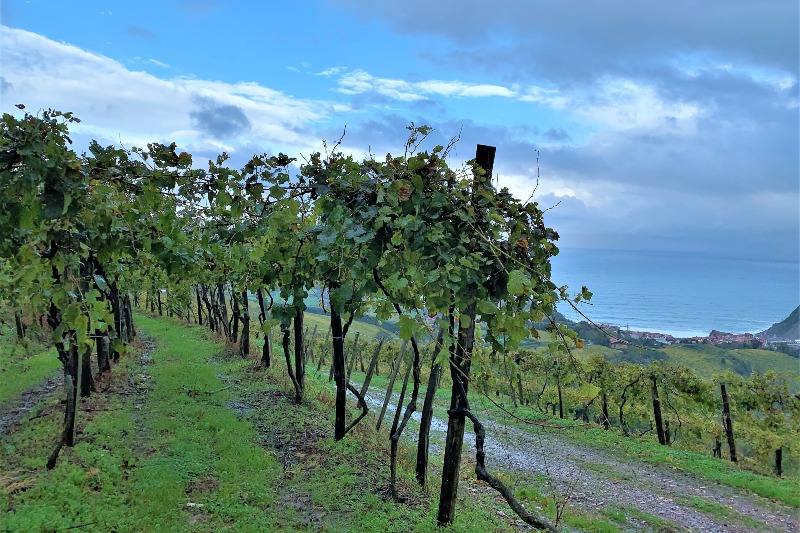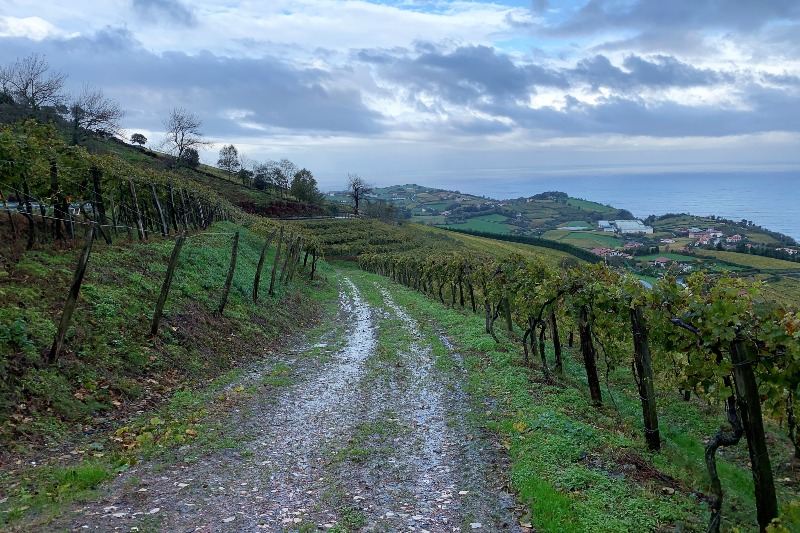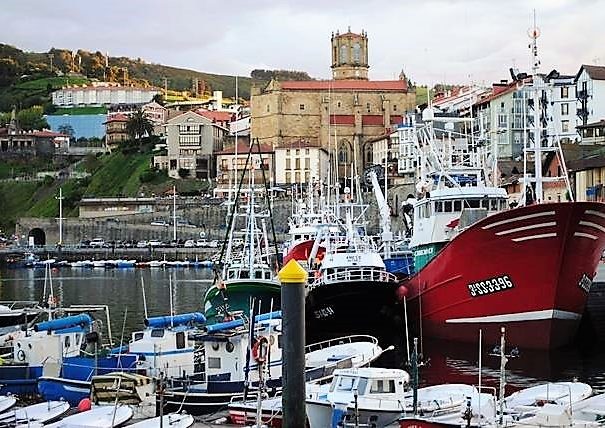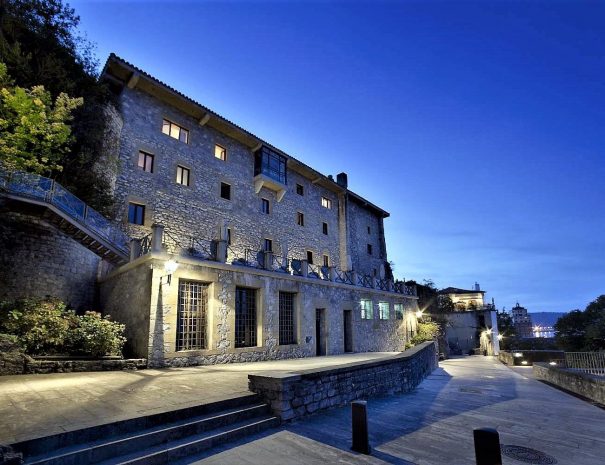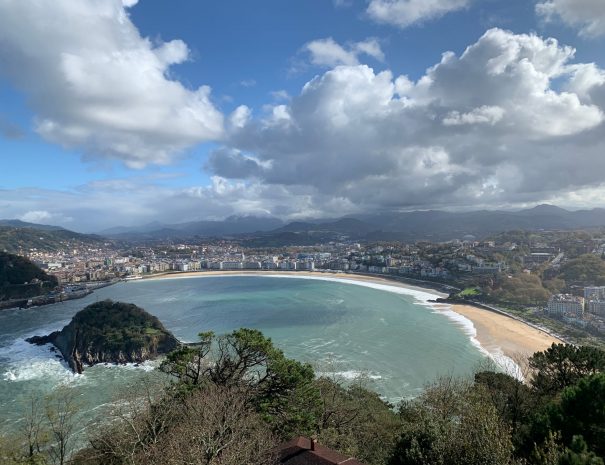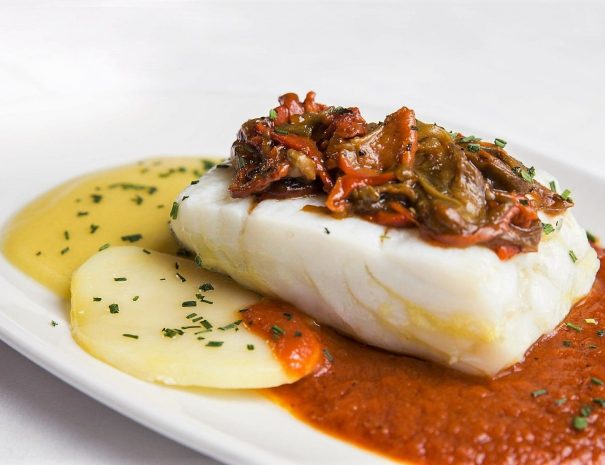
San Sebastian cooking class
San Sebastian is probably the most famous place for a cooking class in Spain. Immerse in the food culture of the Basque country with a superb cooking class in San Sebastian, Spain´s gastronomy capital. Learn about the preparation of some of the most famous pintxos and also some of the most classic dishes of Basque gastronomy. Enjoy your preparations during the dinner after the class … Read More

